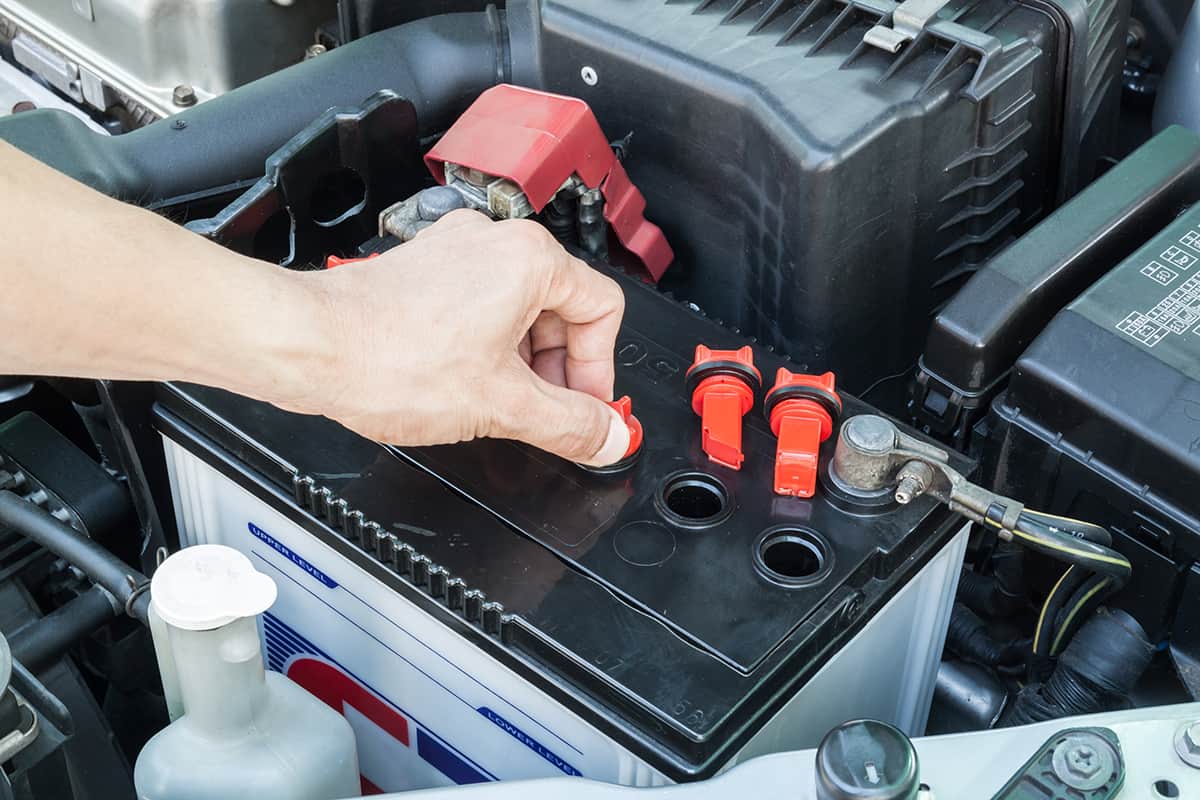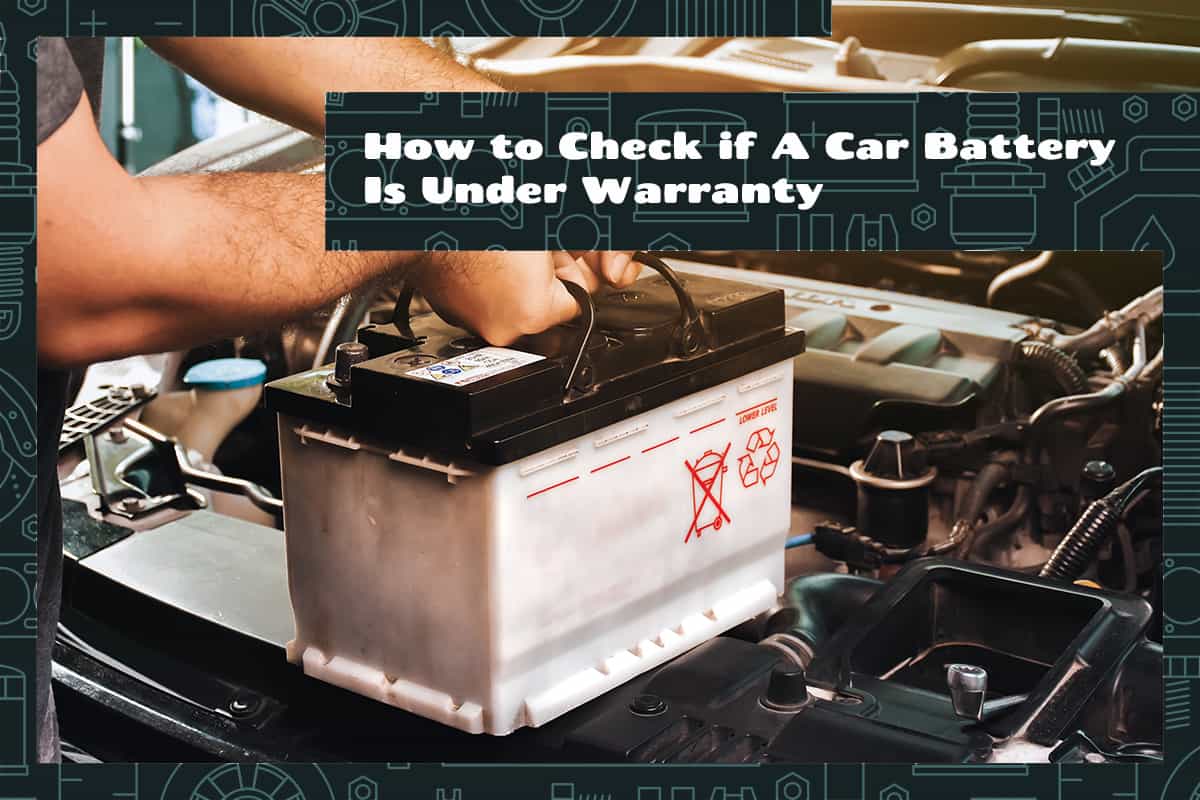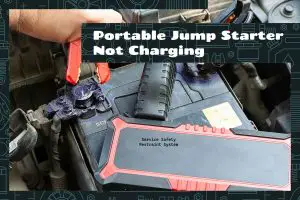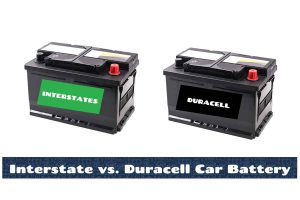It’s important that your car battery is in tip-top shape. But like all components, car batteries don’t last forever. When a battery fails, it’s essential to know whether it’s covered under warranty, as this can save you a significant amount of money on replacement or repair costs.
To find out if your battery is still under warranty, look for a little sticker or code on it. The sticker or code will tell you when and where the battery was made. Most batteries are covered by the warranty for 1-5 years.
We’ll explore the various types of car battery warranties, how to locate and verify your warranty information, and the process of making a warranty claim.
A Brief Intro to Car Battery Warranties
Car battery warranties come in various types, each with specific terms and conditions. Knowing which kind of warranty you have can help you determine the coverage and duration of your battery’s protection.
Types of car battery warranties
- Limited warranty—This type of warranty only covers specific parts or components of the battery. It may not cover the entire battery or include labor costs for replacement.
- Full warranty—A full warranty covers the entire battery, including parts and labor. If your battery fails within the warranty period, the manufacturer will replace or repair it at no cost to you.
- Pro-rated warranty—This warranty offers partial coverage based on the battery’s age or usage. As the battery gets older, the amount you’re reimbursed for a replacement decreases.
Duration of warranties

Warranties vary in length, depending on the manufacturer and the specific battery model. A typical car battery warranty may last anywhere from 1 to 5 years.
- Manufacturer’s warranty—This is the standard warranty provided by the battery manufacturer. It usually begins on the date of purchase and lasts for a specified time period.
- Extended warranty—Some retailers or manufacturers offer extended warranties for an additional fee. These warranties prolong the coverage period beyond the original manufacturer’s warranty.
Warranty terms and conditions
Understanding the terms and conditions of your battery’s warranty is crucial for determining your coverage.
- Coverage specifics—Warranty terms outline which components or issues are covered. Make sure to read the fine print to understand the extent of your protection.
- Exclusions—Some warranties exclude certain issues or damages, such as those resulting from improper installation, neglect, or unauthorized repairs.
- Transferability—Not all warranties are transferable. If you’re buying a used car, check if the existing battery’s warranty can be transferred to you as the new owner.
How to Check If a Car Battery Is Under Warranty
To check your car battery’s warranty status, you’ll need to gather essential information and possibly contact the manufacturer or retailer.
Locating warranty information
- Battery label or packaging—Look for warranty details on the battery’s label, sticker, or its original packaging. This may provide information on the type and duration of the warranty.
- Purchase receipt—Keep your purchase receipt, as it often includes warranty information and serves as proof of purchase.
- Manufacturer’s website— In some cases, you may be able to check your warranty status online through manufacturer portals or third-party warranty tracking services. These platforms allow you to enter your battery’s serial number or other identifying information to verify your warranty quickly and easily.
Contacting the manufacturer or retailer
- Customer support channels—Reach out to the manufacturer or retailer’s customer service department via phone, email, or online chat for assistance in verifying your warranty status.
- Required documentation—Be prepared to provide proof of purchase and any other relevant documentation, such as the battery’s serial number, to confirm your warranty coverage.
- Verification process—The customer support representative will verify your warranty details and inform you of your coverage status.
Potential Warranty Issues
You might encounter some issues with your car battery’s warranty, such as invalid or expired warranties and voided warranties.
Invalid or expired warranties
- Lapsed coverage periods—Warranties have a specific duration, and once this period has passed, the warranty is no longer valid. Keep track of your warranty’s expiration date to avoid surprises.
- Non-transferable warranties—Some warranties are only valid for the original purchaser and cannot be transferred to new owners. If you buy a used car, verify if the battery’s warranty is transferable.
Voided warranties
Certain actions or situations can void your car battery’s warranty:
- Improper installation or use—Incorrectly installing or using your battery might void its warranty. Follow the manufacturer’s guidelines to avoid this issue.
- Unauthorized repairs or modifications—Attempting to repair or modify your battery without the manufacturer’s approval can void the warranty.
- Damage from accidents or neglect—If your battery is damaged due to an accident or neglect, the warranty may not cover the resulting issues.
Making a Warranty Claim

If your car battery is still under warranty and you need to make a claim, follow these steps:
Preparing your claim
- Documentation and proof of purchase—Gather all necessary documents, such as your purchase receipt and the battery’s serial number, to support your claim.
- Diagnosing the issue—Determine the problem with your battery to help the manufacturer or retailer understand the nature of the claim.
Submitting your claim
- Manufacturer or retailer protocols—Follow the specific process outlined by the manufacturer or retailer for submitting warranty claims. This might include filling out a claim form or contacting customer support.
- Shipping and handling considerations—If you need to send your battery to the manufacturer or retailer, package it securely and follow any shipping guidelines they provide.
Receiving a resolution
Once your claim is submitted, the manufacturer or retailer will review it and determine the appropriate course of action:
- Warranty repairs or replacements—If your claim is approved, your battery may be repaired or replaced at no cost to you, depending on the warranty terms.
- Refunds or credits—In some cases, you may receive a refund or credit towards a new battery instead of a repair or replacement.
What to Do If Warranty Claim Is Denied
If your warranty claim is denied, consider taking the following steps:
- Review the warranty terms—Double-check the warranty terms and conditions to ensure you fully understand the coverage and any exclusions.
- Contact customer support—Reach out to the manufacturer or retailer’s customer service department for clarification on the denial and discuss any possible resolution.
- Seek a second opinion—Consult a professional mechanic to diagnose the battery issue and explore alternative solutions.
- Evaluate your options—If the warranty claim cannot be resolved, assess your options for purchasing a new battery or seeking additional support from local repair shops.







